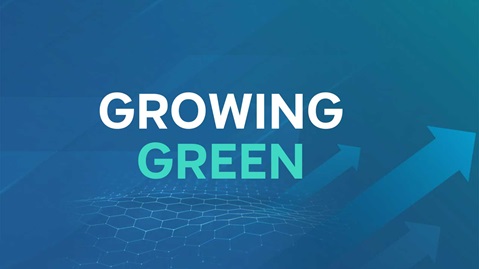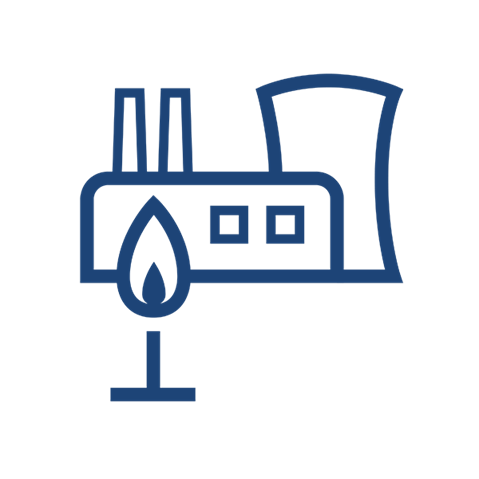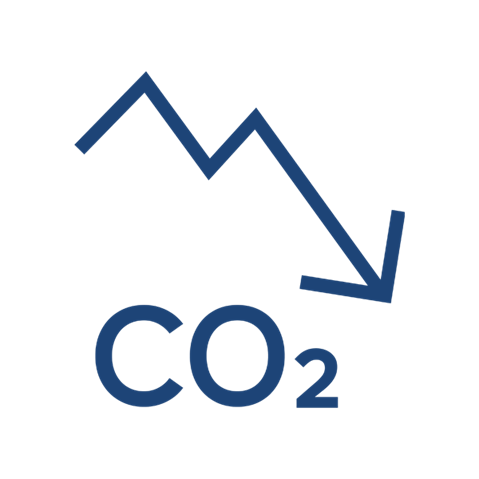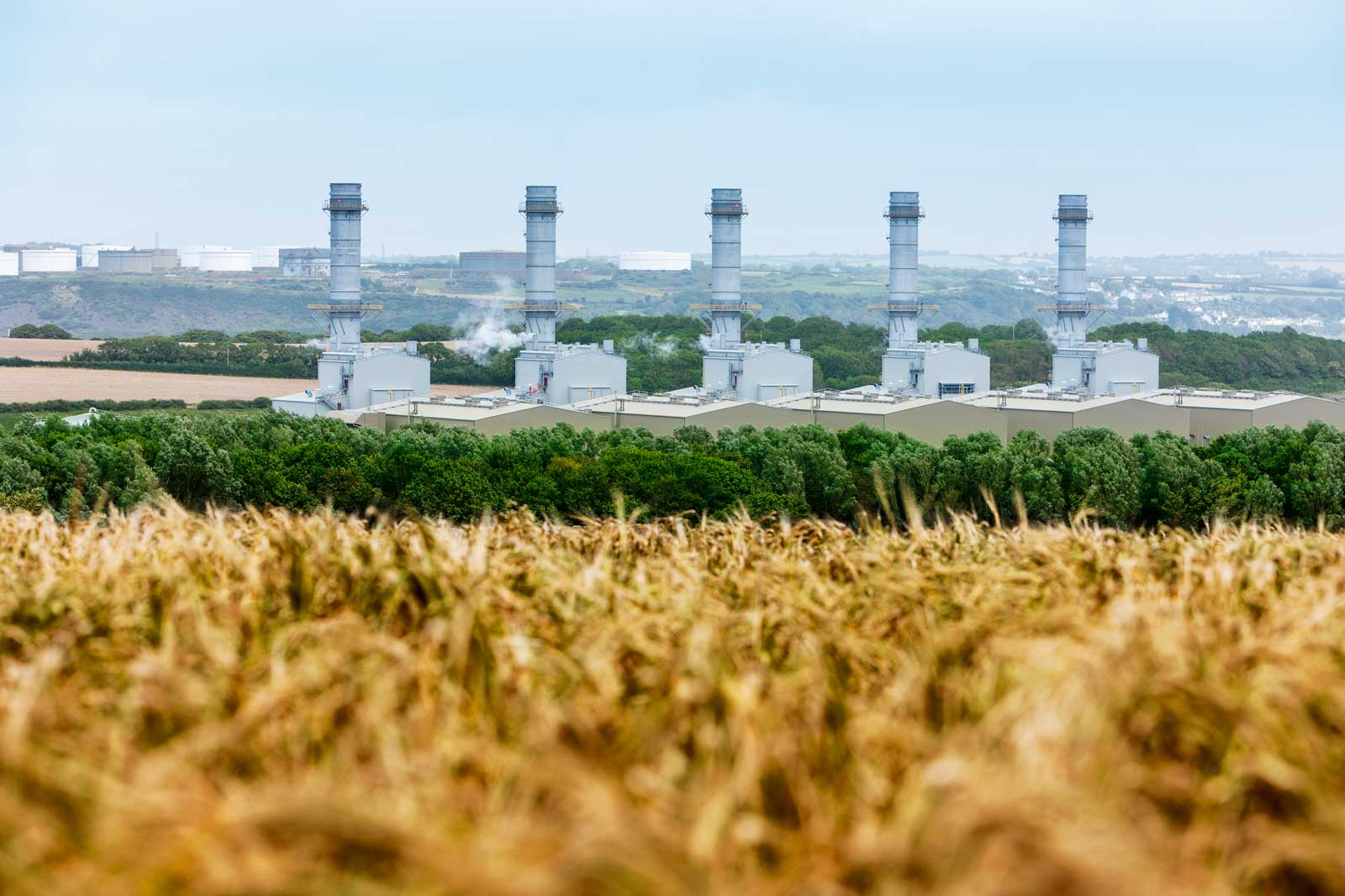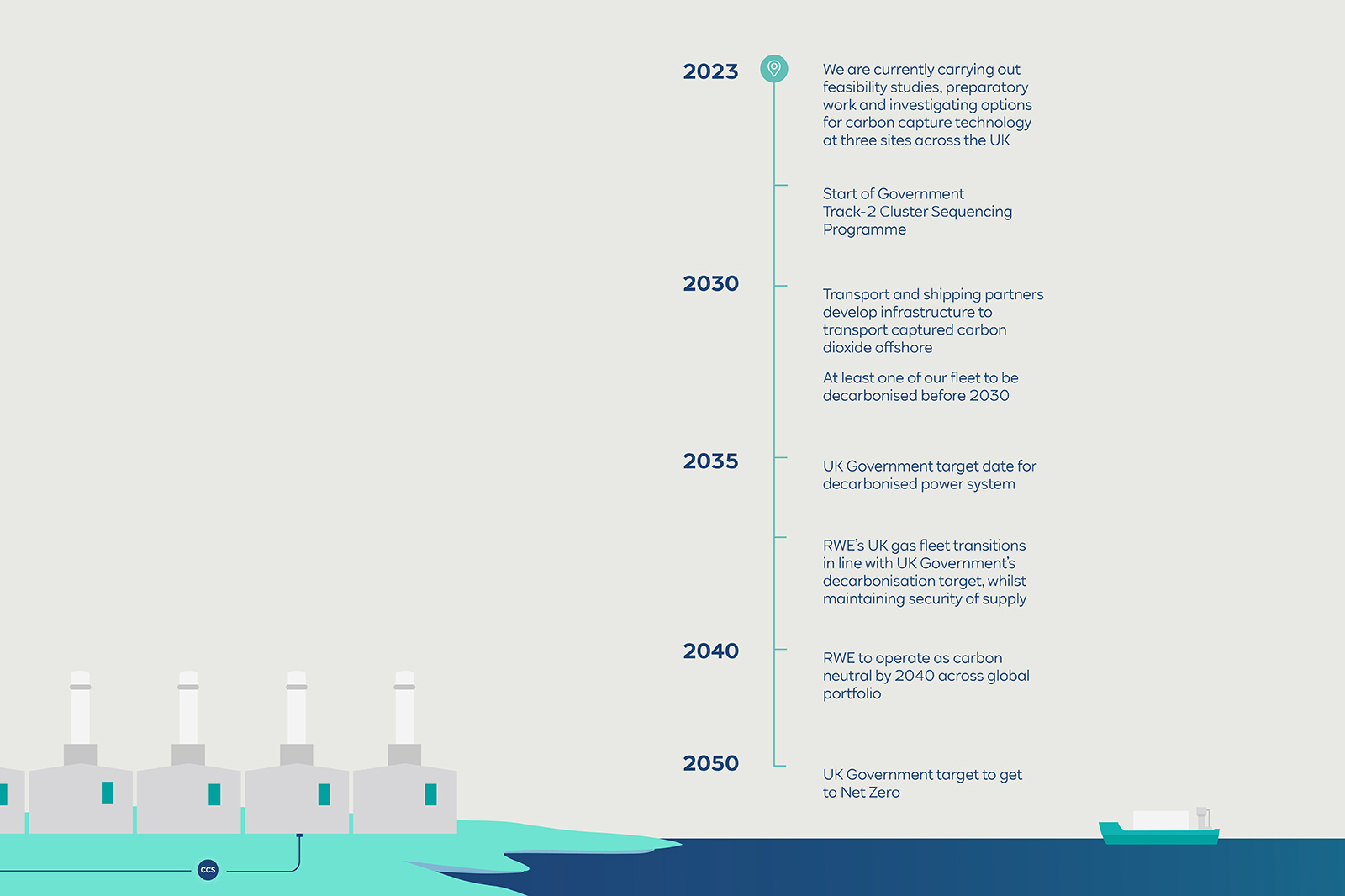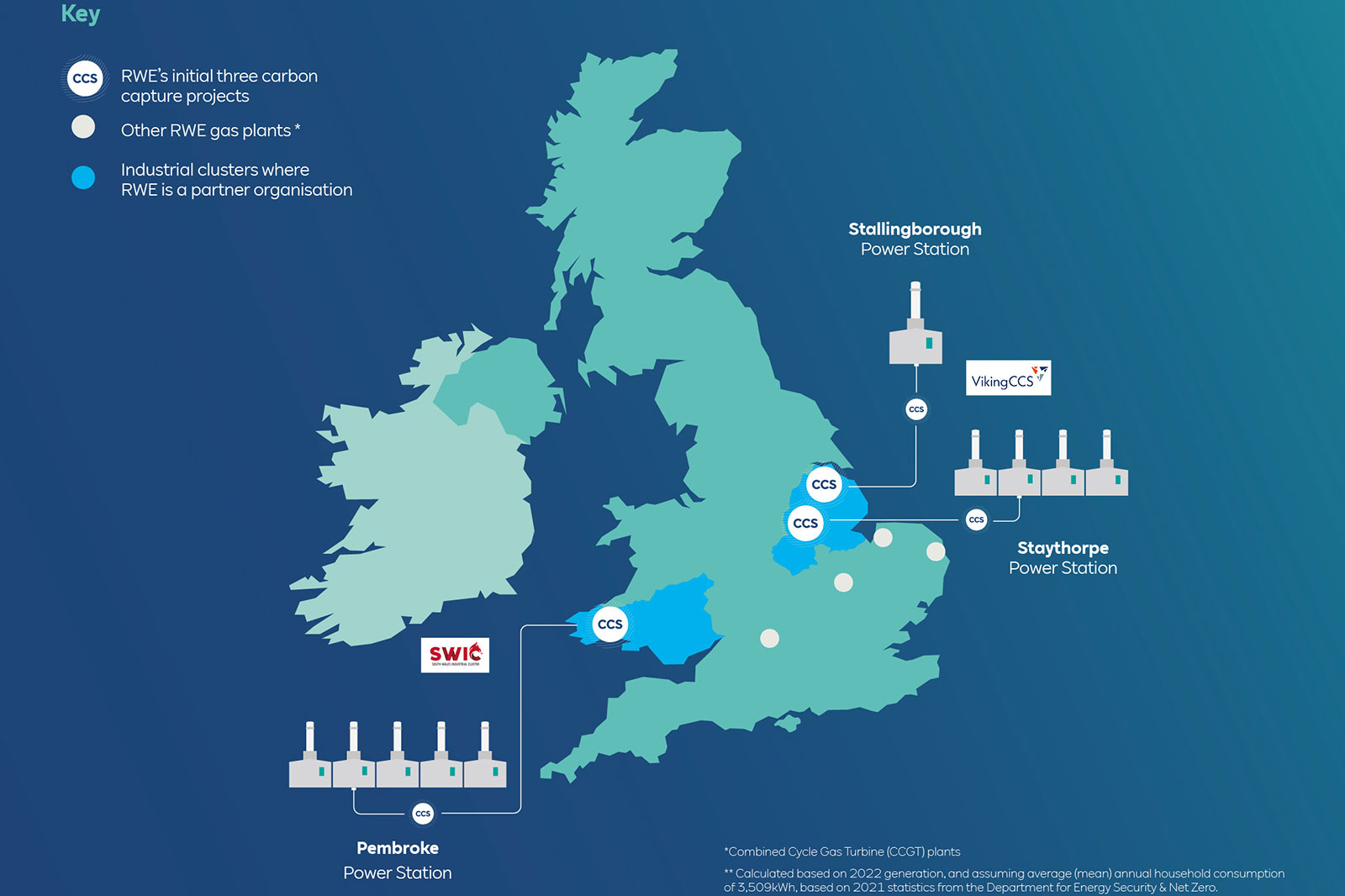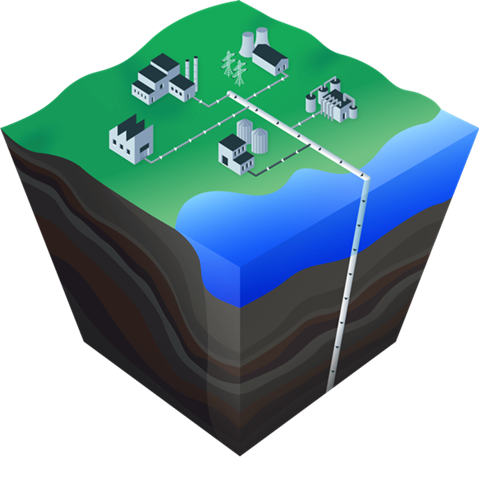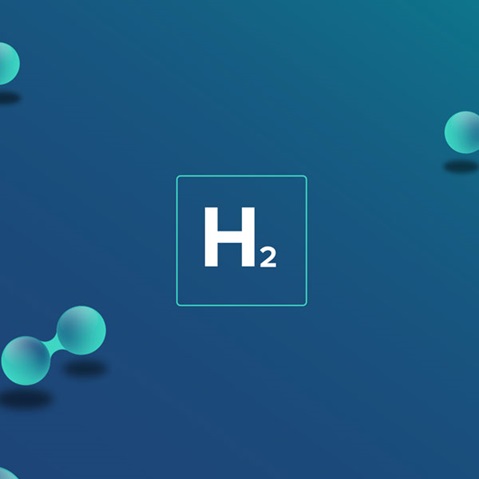Staythorpe is a gas-fired combined cycle gas turbine power station that began commercial operation towards the end of 2010. We are now investigating options to apply carbon capture technology to Staythorpe power station to provide reliable, decarbonised electricity to the grid. We are working with Harbour Energy to explore options for transporting and storing the captured carbon through its Viking CCS network. This will allow a high percentage of the carbon that is emitted by the power station to be captured and stored safely to offset any emissions.
As one of the world’s leading suppliers of renewables, RWE has a clear plan - ‘Growing Green.’ As part of this, we have an ambition to invest up to £15 billion in new clean technologies and infrastructure in the UK by 2030.
RWE currently operates approximately 7 GW of conventional, efficient gas-fired capacity in the UK. We believe this firm and flexible power remains an essential part of our country’s energy mix, now and in the future. We also recognise the need to decarbonise our gas fleet, and will ensure that our UK gas fleet operations transition to support the UK's decarbonisation targets whilst continuing to maintain security of supply. We are therefore considering carbon capture projects to provide a decarbonised future for a number of our existing gas-fired power stations, and a new-build carbon-capture enabled power station.
